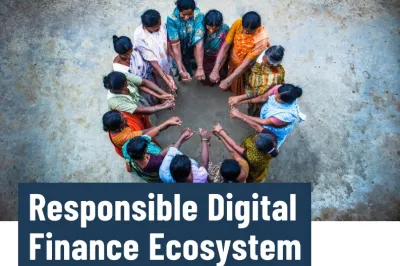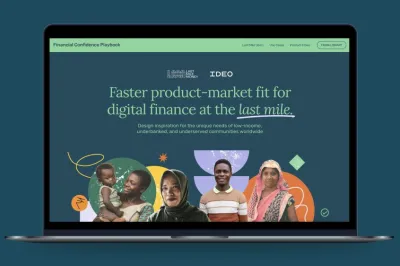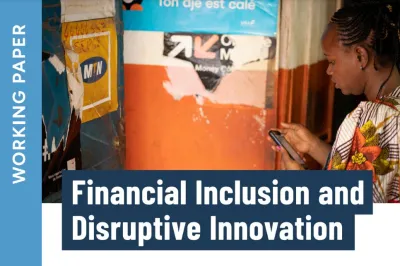Innovation and technology have emerged as powerful catalysts in advancing financial inclusion. The spread of digital technologies, through mobile banking, digital wallets, payment platforms and more, has helped to make financial services more efficient and more accessible. Innovations, such as the use of agent networks and embedded finance, can make financial services more user-friendly and bring them much closer to home for people living in remote areas or on low incomes. These new ways of doing business have also allowed a wide range of other types of players, such as fintechs, mobile network operators, small shop owners and non-financial service providers, to provide financial services and continue to expand the options available for the unbanked and underbanked.
As new and more powerful technologies like artificial intelligence are developed, we will continue to see the transformation of financial inclusion. The sector will need to remain vigilant to ensure that the new risks introduced are understood and mitigated, while the potential for improving people’s lives is explored and maximized.
Agent Networks | Data | Digital Financial Services | Digital Transformation | Fintech
Exploring Emerging Innovations in Financial Inclusion
As technology advances, innovations continue to emerge which can support and even transform financial inclusion. Embedded finance, open banking, digital currencies and platform work are examples of approaches currently being studied and discussed in the sector. All of these innovations support financial inclusion by bringing financial services more directly to customers, many of whom have never used formal financial services before, in ways that are more convenient and accessible and provide more choice.
Embedded finance, also known as banking as a service, involves the integration of financial tools into non-financial platforms, such as e-commerce or gig work.
The rise of platform work, such as ride-hailing and delivery apps, can help bring unbanked customers to the formal financial system by integrating their payments and other financial services into the gig platform.
Open banking, also called open finance, refers to the practice of sharing consumer transaction data between financial institutions and other FSPs and third party providers such as fintechs, which can use the rich datasets to design more useful and user-friendly financial products for customers.
Open APIs (application programming interfaces) are a subset of open banking, in which financial service providers (FSPs) share their APIs with other companies, allowing them to incorporate the FSPs' financial services, such as payments, into other apps like shopping platforms.
The Financial Action Task Force (FATF) defines a virtual currency, also often called digital currency, as "a digital representation of value that can be digitally traded and functions as (1) a medium of exchange; and/or (2) a unit of account; and/or (3) a store of value, but does not have legal tender status in any jurisdiction." This is as opposed to "fiat currency," which is the legal tender issued by a country in the form of coin and paper money, and which can be represented as e-money for electronic transfers.
Cryptocurrencies are math-based, decentralized convertible virtual currencies that are protected by cryptography. Bitcoin, launched in 2009, is the most famous example. Because of the tendency for cryptocurrencies to fluctuate in value, stablecoins were developed as a type of cryptocurrency designed to have a relatively stable price, usually by being pegged to another currency, commodity or financial instrument.
Central bank digital currencies (CBDCs) are a form of digital money issued by a country's central bank and denominated in the country's unit of account. If it is intended for use as a digital cash equivalent by individuals such as households and businesses, it is referred to as a retail CBDC.











